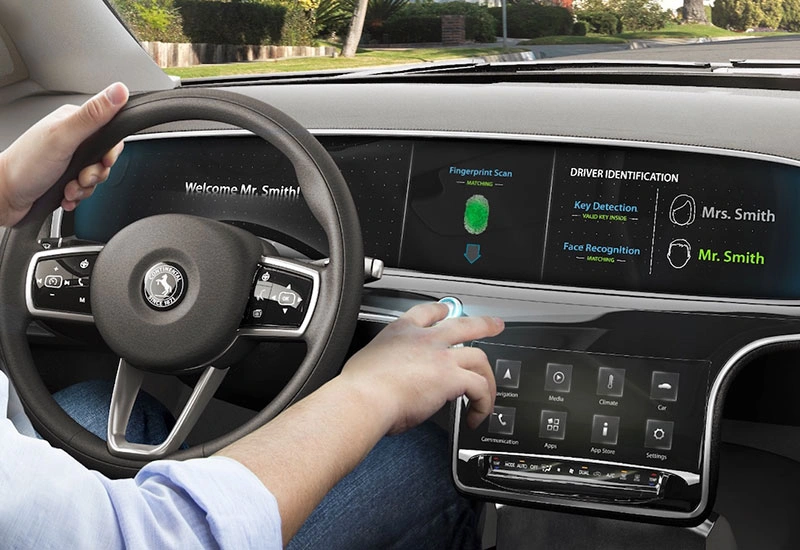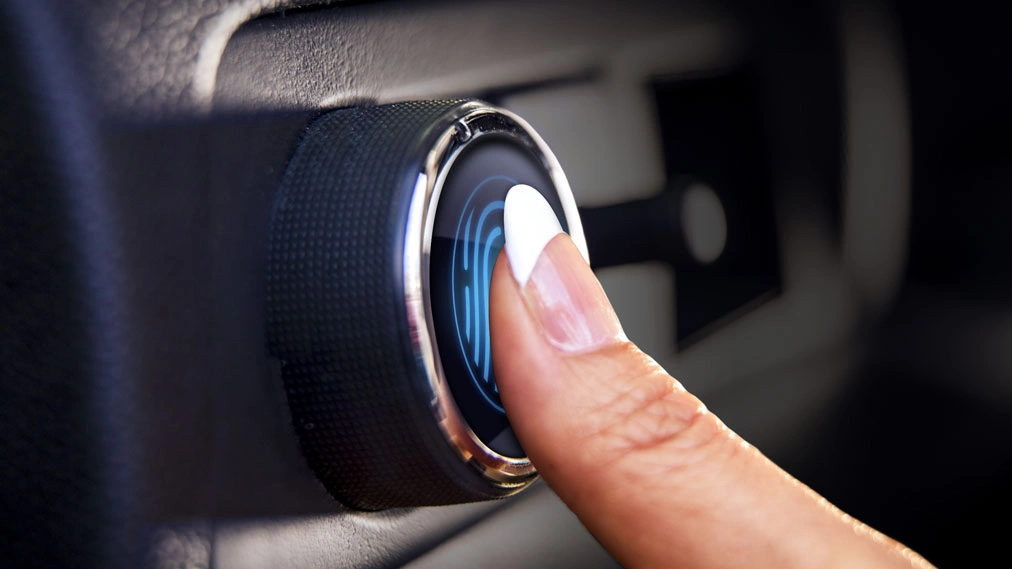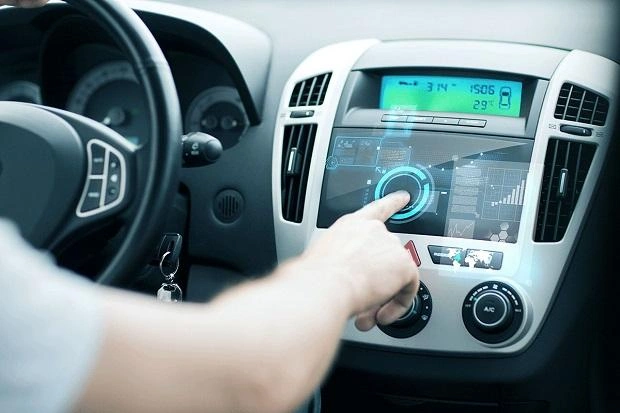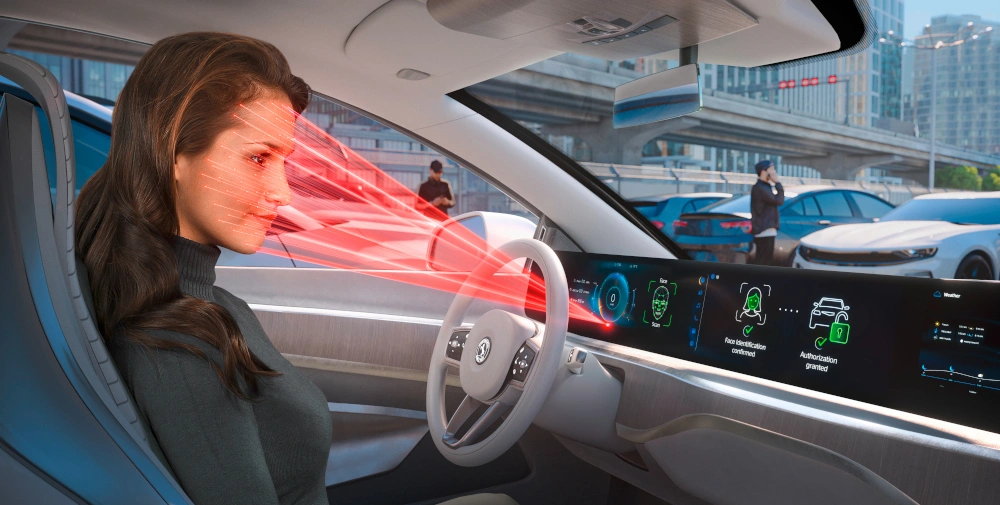The age of keys and key fobs is slowly being replaced by something far more advanced: you. As automotive technology evolves, biometric authentication—using your fingerprint or facial recognition—is making its way into the driver’s seat, literally.
Biometric car access is transforming how we unlock, start, and interact with our vehicles, offering a new level of security, personalization, and convenience. In 2025, what was once futuristic is now quickly becoming standard.
Let’s explore how fingerprint and Face ID technologies are driving this innovation—and what it means for the future of mobility.
🔍 What Is Biometric Car Access?

Biometric car access refers to unlocking or starting a vehicle using unique biological features, such as:
- Fingerprint scanning (like what you use on your phone)
- Facial recognition (via cameras and AI algorithms)
- Iris scanning (less common but emerging)
These systems replace traditional car keys and PINs, offering contactless, keyless access based solely on identity.
🚘 Why Automakers Are Embracing Biometrics

- Enhanced Security
Biometric data is unique to each individual, making it extremely difficult to duplicate or forge. This significantly reduces the risk of car theft, especially compared to key fobs, which can be hacked or cloned. - Convenience
No more fumbling for keys. Just walk up to your car, and it unlocks after recognizing your face—or touch the start button with your fingerprint. - Personalized Driving Experience
Once authenticated, your car can:- Automatically adjust seats, mirrors, and climate control
- Load your favorite playlists or navigation preferences
- Apply pre-set safety features like speed limits for teen drivers
- Multi-User Profiles
Family cars can recognize different drivers and customize settings based on who’s behind the wheel.
🧠 How It Works (Behind the Scenes)

- Fingerprint Scanners: Typically embedded in the start button or door handle. When you touch it, the scanner compares your fingerprint to stored data.
- Facial Recognition: A camera—usually in the driver-side pillar or dashboard—scans your face and verifies it in real time before granting access.
- AI Integration: Advanced AI ensures that lighting, angles, or even sunglasses don’t interfere with recognition.
All this data is securely stored and encrypted—often on the vehicle’s internal network, not in the cloud, reducing hacking risks.
🚀 Real-World Examples in 2025
Several major automakers are already leading the charge:
- Hyundai: First to introduce fingerprint recognition for unlocking and starting cars in production models like the Hyundai Santa Fe.
- Tesla: Offers facial recognition for driver identification and cabin monitoring.
- BMW: Integrating Face ID with in-car profiles for seamless driver setup.
- Genesis: Luxury brand of Hyundai, blending facial recognition with fingerprint ID in high-end vehicles.
Expect more brands to follow suit as biometric costs decrease and consumer demand grows.
🛡️ Is Biometric Access Safe and Private?

Yes, but with some considerations:
- Data Protection: Most car brands encrypt biometric data and store it locally, making it harder to hack or misuse.
- No Internet Required: Most systems function offline, reducing exposure to cyber threats.
- User Consent: Drivers must opt in and can delete their data at any time.
That said, privacy advocates recommend clear user policies and secure system updates to stay ahead of potential vulnerabilities.
🔮 What’s Next? The Future of Biometric Vehicles
- Biometric payments from your dashboard (e.g., pay for gas or parking with a fingerprint)
- Iris scanning and voice ID for next-level security
- Integration with smart homes, so your car adjusts your thermostat or unlocks your door when you get home
Biometrics are part of the broader trend toward connected, autonomous, and personalized vehicles. Your car is no longer just a machine—it’s becoming a smart, responsive assistant on wheels.
Final Thoughts: Is It Time to Ditch the Keys?
Biometric car access is no longer just for spy movies or luxury concept cars—it’s a real, available feature in 2025 and beyond.
Whether you’re drawn to the security benefits, the hands-free convenience, or the cool factor, there’s no denying that biometrics are changing the way we drive. As technology continues to evolve, your body might just be the only “key” you’ll ever need.
Interested in buying a biometric-enabled vehicle?
Compare models, features, and price points before making the switch. The future is at your fingertips—literally.

